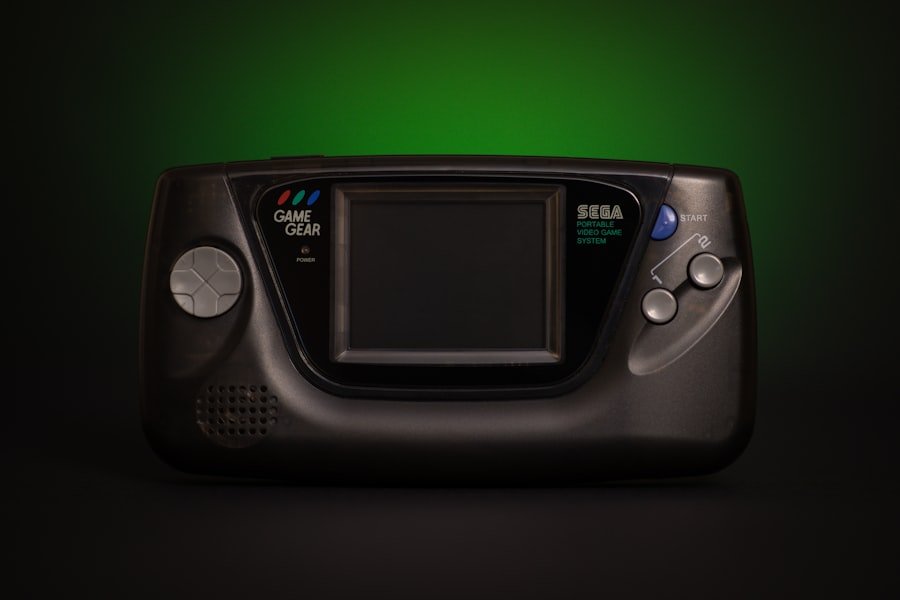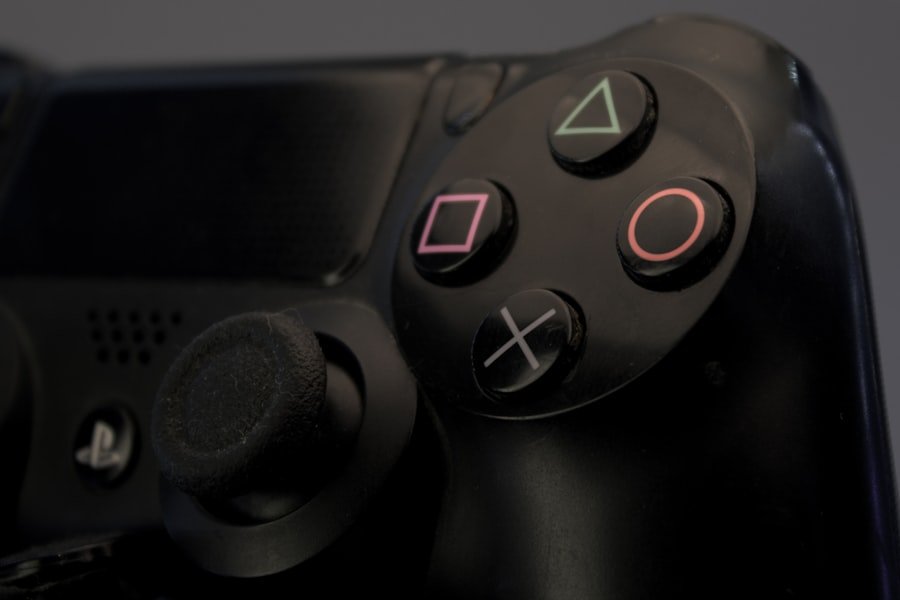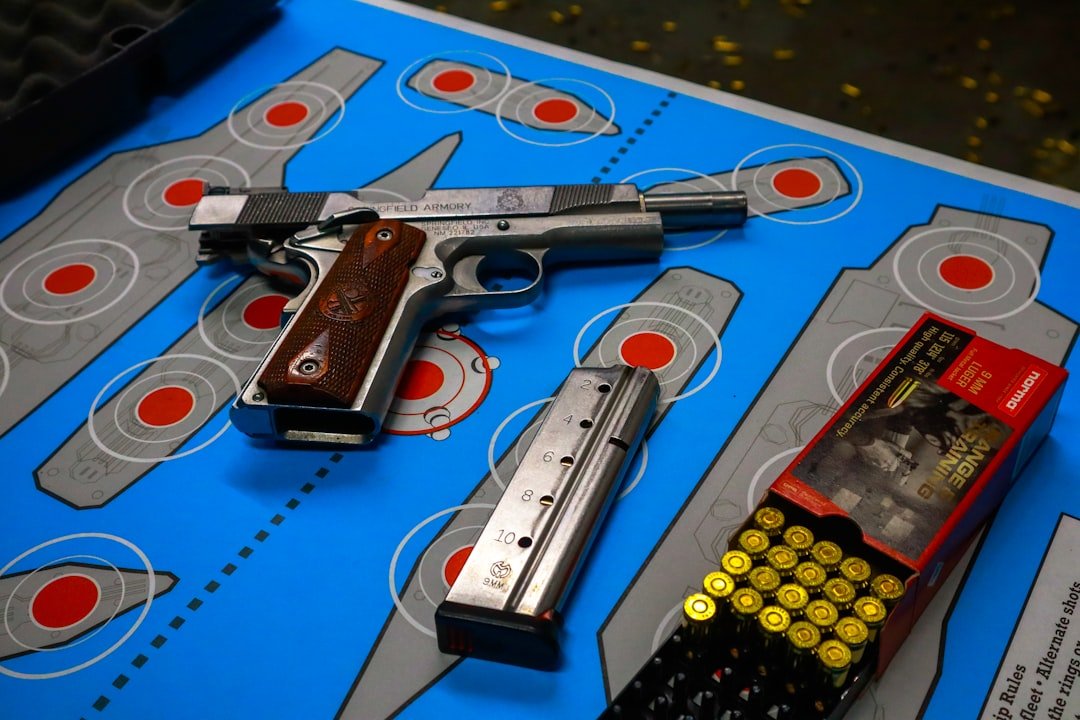Now Reading: Enhance Your Gaming Experience with Mobile Controllers
-
01
Enhance Your Gaming Experience with Mobile Controllers
Enhance Your Gaming Experience with Mobile Controllers

As a passionate gamer, I have come to appreciate the myriad benefits that mobile controllers bring to the gaming experience. One of the most significant advantages is the enhanced precision and control they offer. Touchscreens, while convenient, often lack the tactile feedback and accuracy that physical buttons provide.
With a mobile controller, I can execute complex maneuvers and commands with greater ease, allowing me to immerse myself fully in the game. The responsiveness of buttons and analog sticks can make all the difference, especially in fast-paced action games where every millisecond counts. Moreover, mobile controllers can significantly improve comfort during extended gaming sessions.
Holding a smartphone for long periods can lead to discomfort or fatigue, but with a controller, I can maintain a more natural hand position. This ergonomic design not only enhances my gaming performance but also allows me to enjoy longer play sessions without the strain that often accompanies mobile gaming. The ability to customize button layouts and sensitivity settings further enhances my comfort and control, making each gaming experience more enjoyable.
Key Takeaways
- Mobile controllers offer convenience and flexibility for gaming on the go
- Consider factors such as compatibility, connectivity, and customization when choosing a mobile controller
- Follow the manufacturer’s instructions for setting up your mobile controller to ensure smooth gaming experience
- Check the compatibility of your mobile controller with different games to maximize its usage
- Regular maintenance and customization can help improve the performance and longevity of your mobile controller
Choosing the Right Mobile Controller for Your Gaming Needs
Controller Design and Features
For example, if I mainly play first-person shooters, I might prefer a controller with responsive triggers and customizable sensitivity settings. On the other hand, if I enjoy platformers or puzzle games, a controller with a more compact design and precise D-pad might be more suitable.
Connectivity and Compatibility
I also consider factors such as compatibility and connectivity options. Some controllers connect via Bluetooth, while others may require a wired connection. I prefer Bluetooth controllers for their convenience and portability, allowing me to game on the go without being tethered to my device.
Battery Life and Build Quality
Furthermore, I pay attention to battery life and build quality; a durable controller with long-lasting battery performance ensures that I can enjoy uninterrupted gaming sessions without worrying about frequent recharges.
Setting Up Your Mobile Controller for Seamless Gaming

Once I’ve chosen the right mobile controller, the next step is setting it up for seamless gaming. The initial pairing process is usually straightforward; I simply enable Bluetooth on my device and follow the manufacturer’s instructions to connect the controller. However, I always take a moment to explore any additional settings or configurations that may enhance my experience.
Many controllers come with companion apps that allow me to customize button mappings or adjust sensitivity settings, which can be particularly beneficial for specific games. After pairing, I make sure to test the controller with a few games to ensure everything is functioning correctly. This step is essential because it allows me to identify any potential issues early on.
If I encounter any lag or connectivity problems, I troubleshoot by checking for software updates or adjusting my device’s Bluetooth settings. A smooth setup process not only saves time but also sets the stage for an enjoyable gaming experience.
Exploring the Compatibility of Mobile Controllers with Different Games
One of the aspects I find most intriguing about mobile controllers is their compatibility with a wide range of games. Many popular titles now support external controllers, which opens up new possibilities for gameplay. For instance, I can enjoy console-quality experiences on my mobile device by using a controller with games like “Call of Duty: Mobile” or “Fortnite.” This compatibility allows me to leverage my skills from traditional gaming platforms while enjoying the convenience of mobile gaming.
However, not all games support controllers equally. Some titles may have limited functionality or require specific configurations to work correctly with a mobile controller. To navigate this landscape effectively, I often consult online forums or community discussions to see which games are best suited for controller use.
Additionally, developers are increasingly recognizing the demand for controller support, leading to more titles being optimized for this feature. As a result, I find myself continually discovering new games that enhance my mobile gaming experience through controller compatibility.
Tips for Maximizing the Performance of Your Mobile Controller
To truly get the most out of my mobile controller, I’ve learned several tips that can significantly enhance its performance. First and foremost, keeping the firmware updated is essential. Manufacturers often release updates that improve connectivity, fix bugs, or enhance compatibility with new games.
By regularly checking for updates through the companion app or the manufacturer’s website, I ensure that my controller operates at its best. Another tip is to familiarize myself with the controller’s features and settings. Many controllers come equipped with customizable options such as adjustable trigger sensitivity or programmable buttons.
By taking the time to explore these features, I can tailor my controller to suit my gaming style better. Additionally, practicing with different settings can help me find the perfect balance between speed and accuracy, ultimately improving my overall performance in competitive gaming scenarios.
Customizing Your Mobile Controller for Personalized Gaming Experience

Customization is one of the most exciting aspects of using a mobile controller. Each gamer has unique preferences and play styles, and being able to tailor my controller enhances my overall experience. Many controllers allow me to remap buttons or create profiles for different games, which means I can set up configurations that suit each title’s specific requirements.
For example, in racing games, I might prefer having acceleration mapped to a trigger while using face buttons for steering. Beyond button mapping, I also enjoy personalizing the aesthetics of my controller. Some manufacturers offer interchangeable faceplates or skins that allow me to express my personality while gaming.
Whether it’s a sleek matte finish or a vibrant design featuring my favorite game characters, customizing my controller adds an extra layer of enjoyment to my gaming sessions.
Overcoming Common Challenges When Using Mobile Controllers
Despite their many advantages, using mobile controllers can come with its own set of challenges. One common issue I’ve encountered is connectivity problems, particularly when switching between devices or after prolonged periods of inactivity. To mitigate this issue, I make it a habit to turn off my controller when not in use and ensure it’s fully charged before starting a gaming session.
Additionally, keeping my device’s Bluetooth settings organized helps streamline the connection process. Another challenge is adapting to different control schemes across various games. While some titles may feel intuitive with a controller, others may require a learning curve as I adjust to new layouts or mechanics.
To overcome this hurdle, I dedicate time to practice and familiarize myself with each game’s unique controls before diving into competitive play. This approach not only boosts my confidence but also enhances my overall enjoyment as I become more adept at using my mobile controller.
Exploring the Latest Innovations in Mobile Controller Technology
The world of mobile controllers is constantly evolving, with manufacturers introducing innovative features that enhance gameplay experiences. One trend I’ve noticed is the integration of haptic feedback technology into controllers. This feature provides tactile sensations that mimic in-game actions, such as feeling vibrations during explosions or subtle feedback when navigating menus.
Another innovation that has caught my attention is the development of modular controllers that allow users to swap out components based on their preferences. For instance, some controllers offer interchangeable thumbsticks or D-pads that cater to different gaming styles or genres.
This adaptability not only enhances comfort but also allows me to fine-tune my setup for specific games or play styles.
Connecting Your Mobile Controller to Other Devices for Enhanced Gaming
One of the most appealing aspects of modern mobile controllers is their versatility in connecting to various devices beyond just smartphones. I’ve found that many controllers can seamlessly connect to tablets, smart TVs, and even PCs via Bluetooth or USB connections. This flexibility allows me to enjoy a broader range of gaming experiences without being limited to one platform.
For instance, when I’m in the mood for couch gaming on a larger screen, I can easily connect my mobile controller to my smart TV and play compatible games from there. This capability transforms my living room into a mini-gaming hub where friends and family can join in on the fun. The ability to switch between devices effortlessly enhances my overall gaming experience and makes it easier than ever to enjoy multiplayer sessions with others.
Understanding the Ergonomics of Mobile Controllers for Comfortable Gaming
Ergonomics plays a crucial role in ensuring comfortable gaming experiences over extended periods. As someone who often engages in long gaming sessions, I’ve learned that choosing a well-designed mobile controller can make all the difference in preventing discomfort or fatigue. Controllers with contoured grips and strategically placed buttons allow me to maintain a natural hand position while playing.
Additionally, weight distribution is another factor that affects comfort during gameplay. A well-balanced controller feels lighter in hand and reduces strain on my wrists and fingers over time. I’ve found that experimenting with different controllers helps me identify which designs work best for my hands and play style, ultimately leading to more enjoyable gaming sessions without discomfort.
Exploring the Future of Mobile Controllers in Gaming Industry
As technology continues to advance at an unprecedented pace, I’m excited about what the future holds for mobile controllers in the gaming industry. With trends like cloud gaming gaining traction, it’s likely that we’ll see even more innovations aimed at enhancing mobile gameplay experiences. The integration of artificial intelligence could lead to smarter controllers that adapt to individual player preferences and styles over time.
Moreover, as augmented reality (AR) and virtual reality (VR) technologies become more mainstream in mobile gaming, I anticipate that controllers will evolve to accommodate these immersive experiences. Imagine using a mobile controller designed specifically for AR games that incorporates motion sensors or gesture controls—this could revolutionize how we interact with our favorite titles on mobile devices. In conclusion, mobile controllers have transformed how I approach gaming on-the-go by providing enhanced precision, comfort, and customization options.
By understanding their benefits and exploring various aspects such as compatibility and ergonomics, I’ve been able to maximize my gaming experience significantly. As technology continues to evolve, I’m eager to see how future innovations will shape the landscape of mobile gaming even further.
Investing in mobile gaming controllers can greatly enhance your gaming experience, allowing for more precise control and better gameplay. In a related article on the influence of AI-generated content in gaming, it discusses how advancements in technology are shaping the future of gaming. By utilizing a mobile gaming controller, players can take full advantage of these technological advancements and immerse themselves in a more interactive and engaging gaming experience.
FAQs
What are mobile gaming controllers?
Mobile gaming controllers are physical devices that can be connected to a mobile phone or tablet to enhance the gaming experience. They typically feature buttons, joysticks, and triggers to provide a more traditional gaming feel.
Why are mobile gaming controllers worth the investment?
Mobile gaming controllers are worth the investment because they can significantly improve the gaming experience on mobile devices. They offer better control, precision, and comfort compared to using the touchscreen, especially for games that require quick reflexes and precise movements.
What are the benefits of using a mobile gaming controller?
Using a mobile gaming controller can improve gameplay by providing better control, reducing hand fatigue, and offering a more immersive gaming experience. It can also make certain games, such as first-person shooters and racing games, more enjoyable and competitive.
Are mobile gaming controllers compatible with all mobile games?
Not all mobile games are compatible with gaming controllers. However, many popular games now offer support for external controllers, and the list of compatible games continues to grow as more developers recognize the demand for controller support.
Do mobile gaming controllers work with all mobile devices?
Mobile gaming controllers are designed to work with a wide range of mobile devices, including smartphones and tablets. However, it’s important to check the compatibility of a specific controller with your device before making a purchase. Some controllers may have limitations based on the operating system or hardware of the mobile device.



























